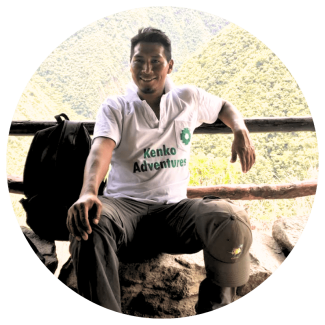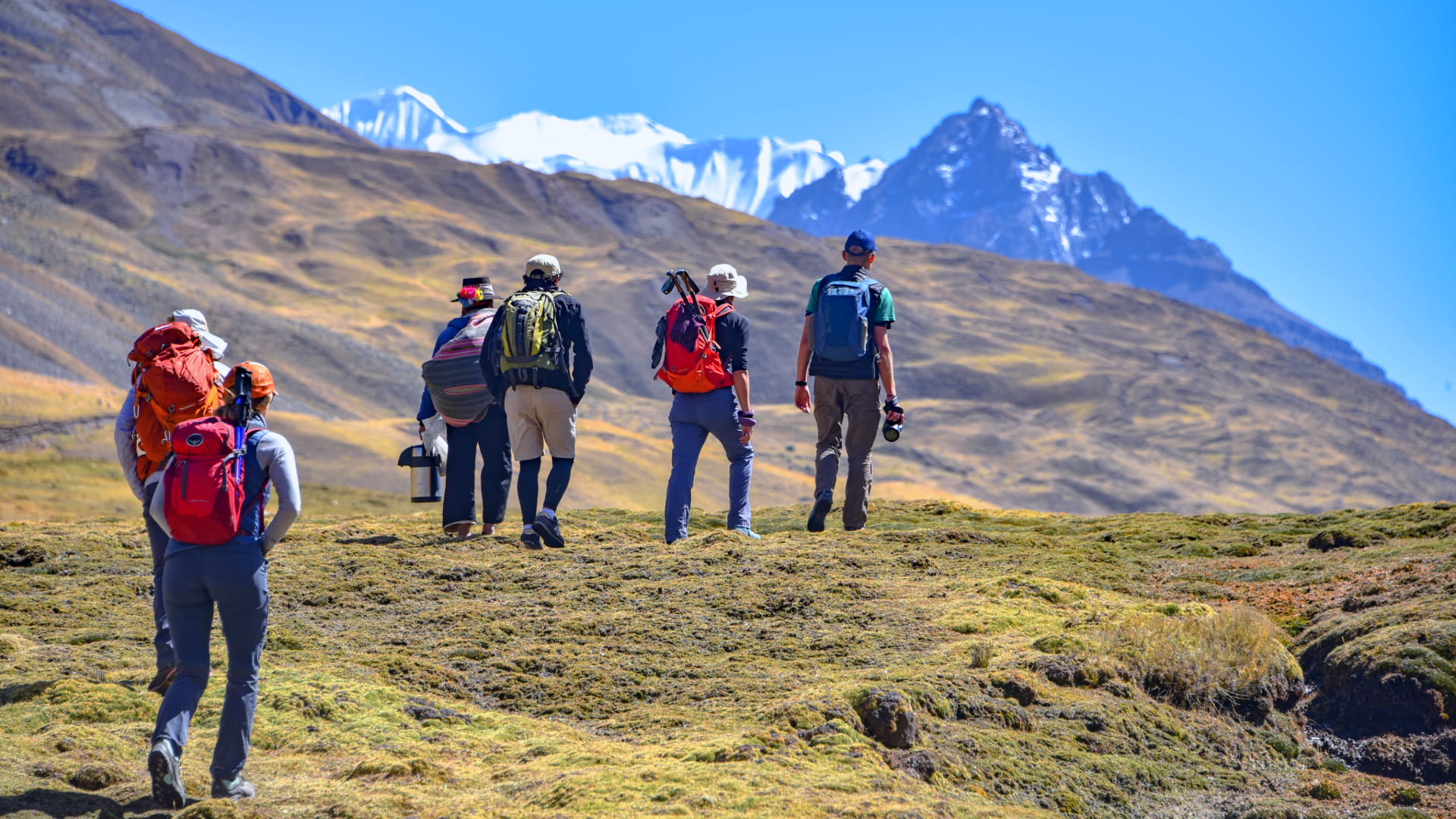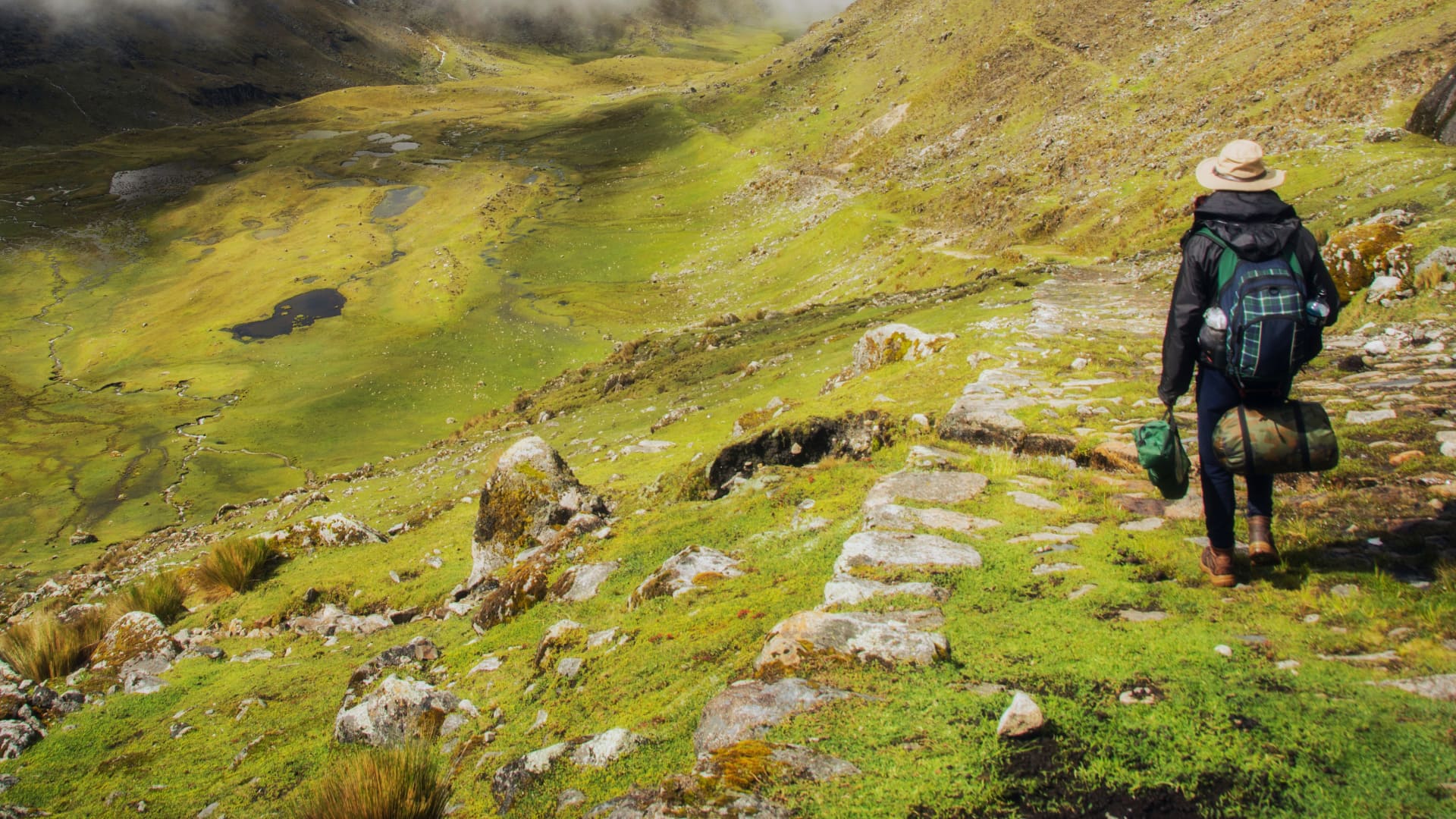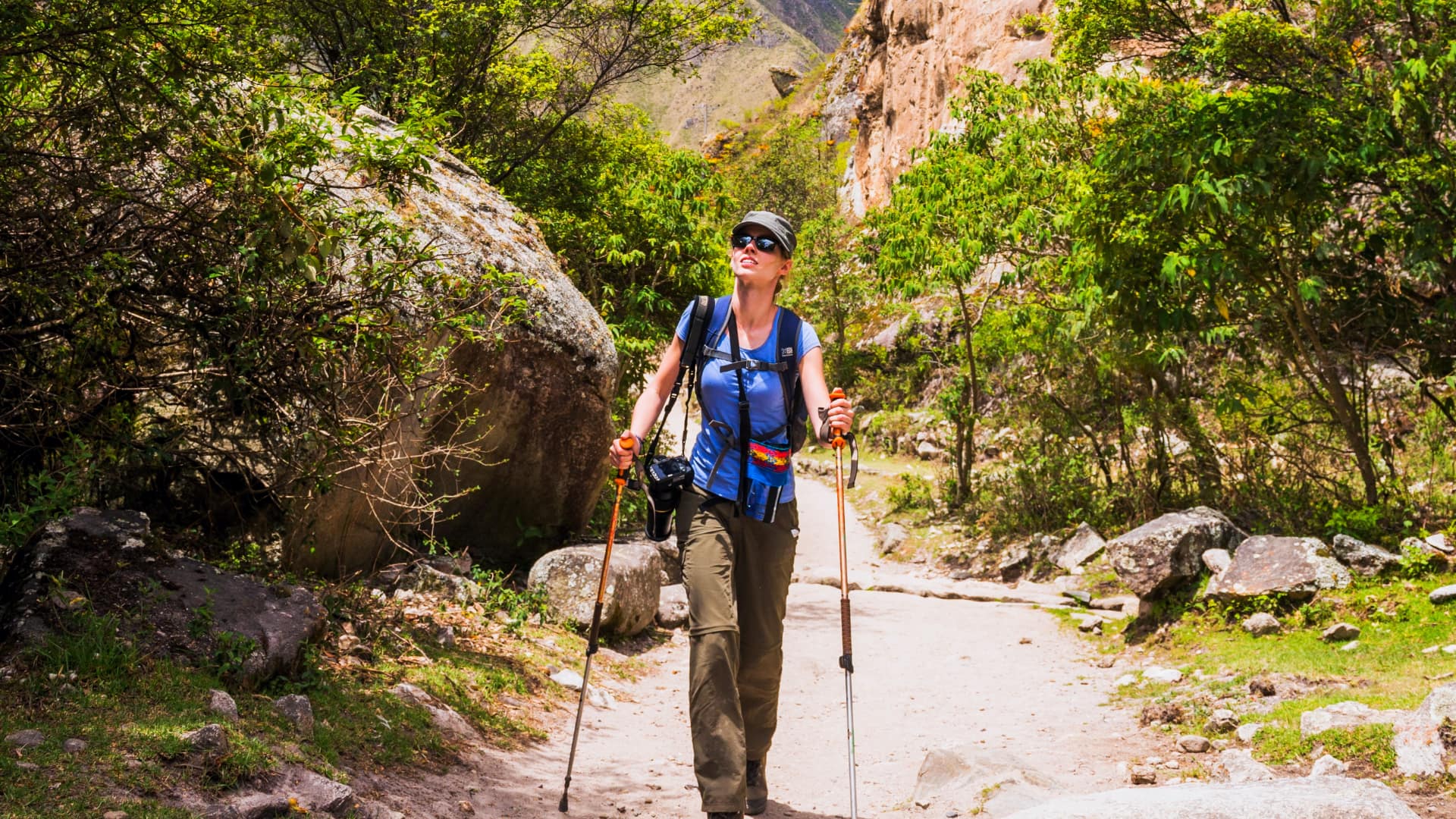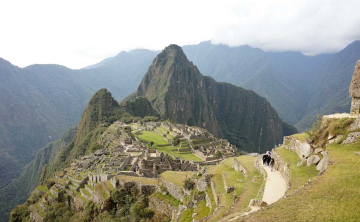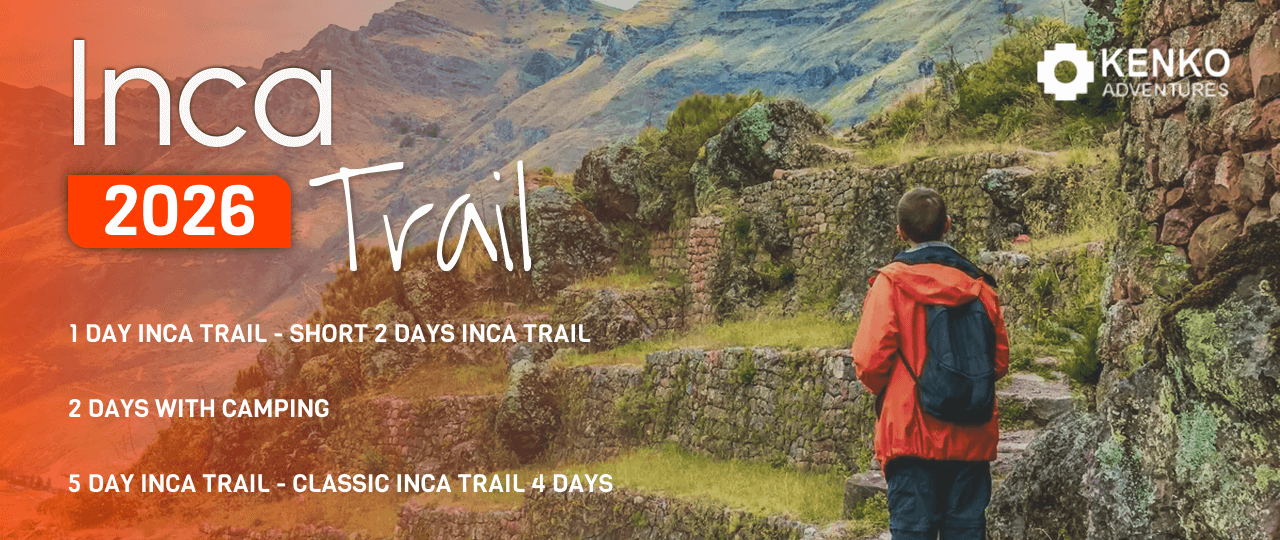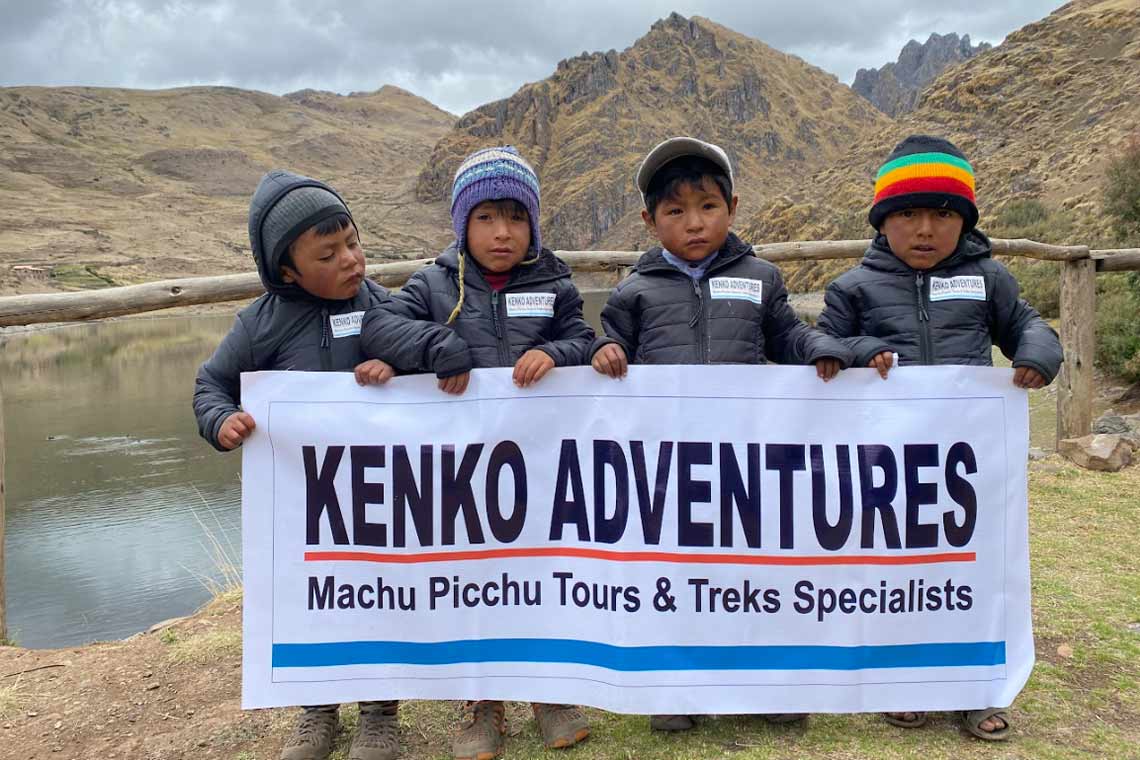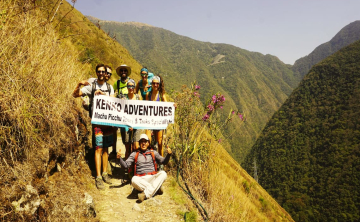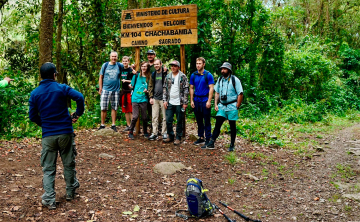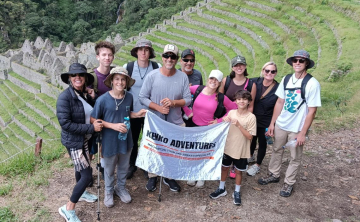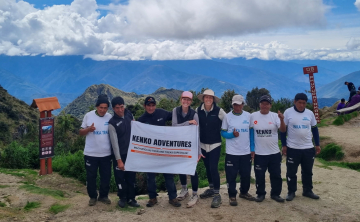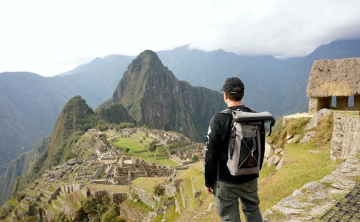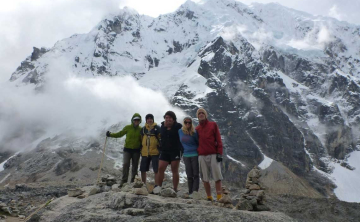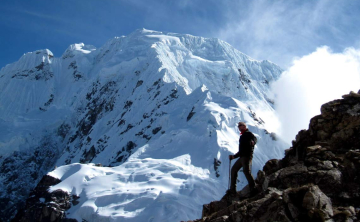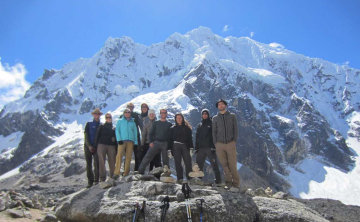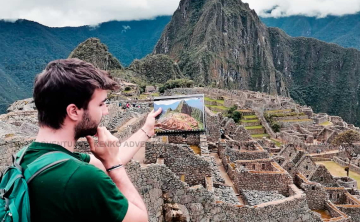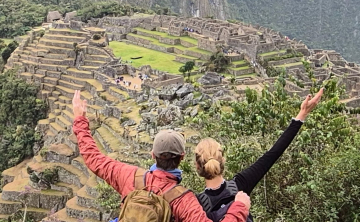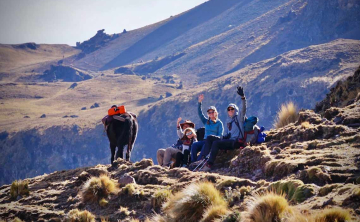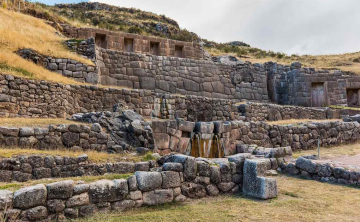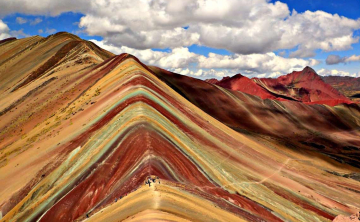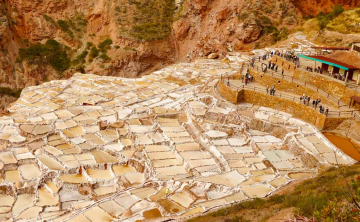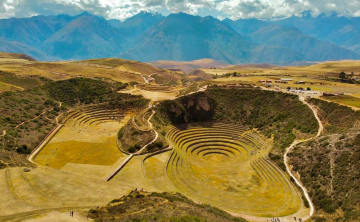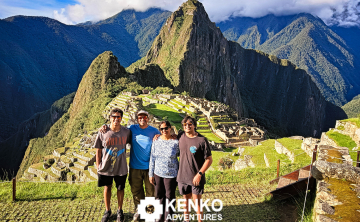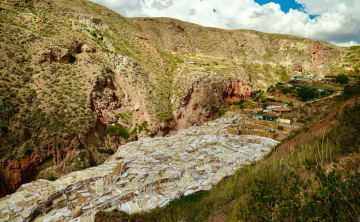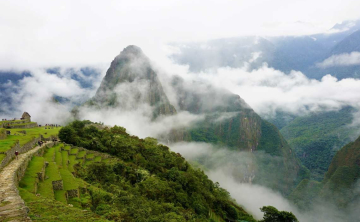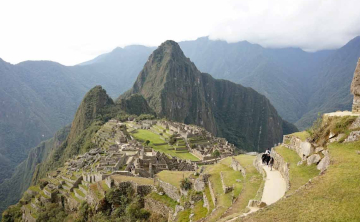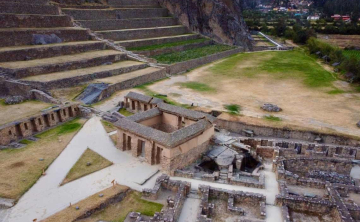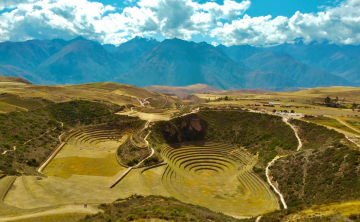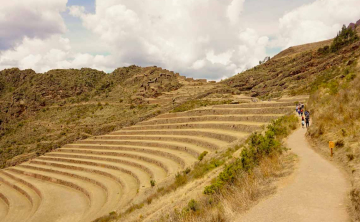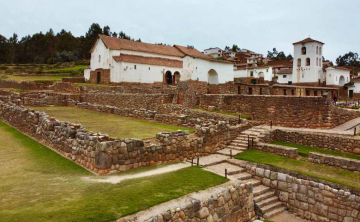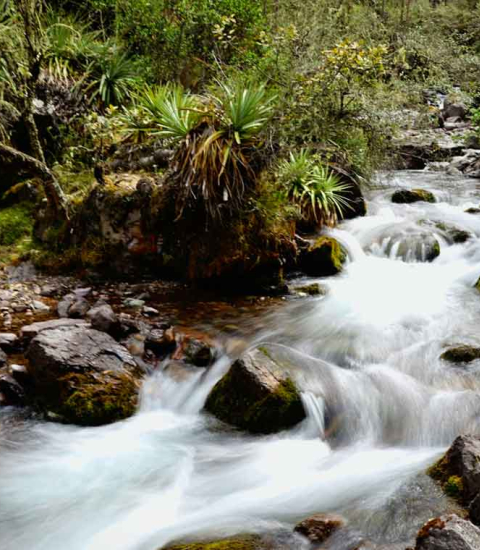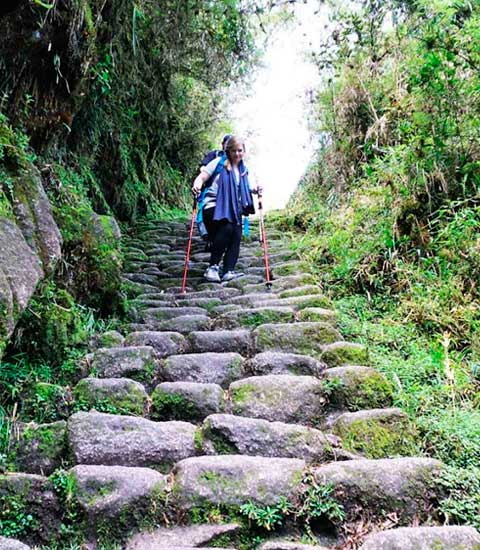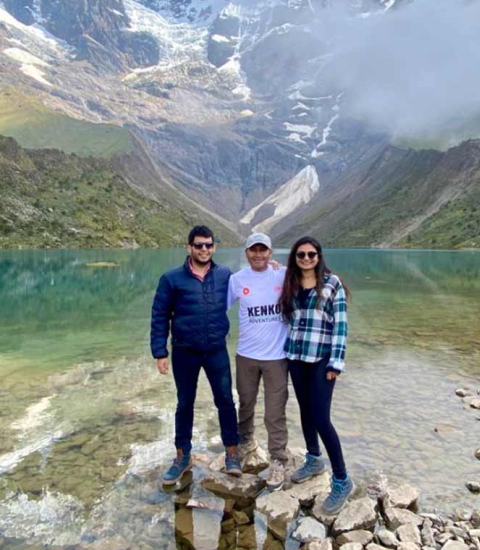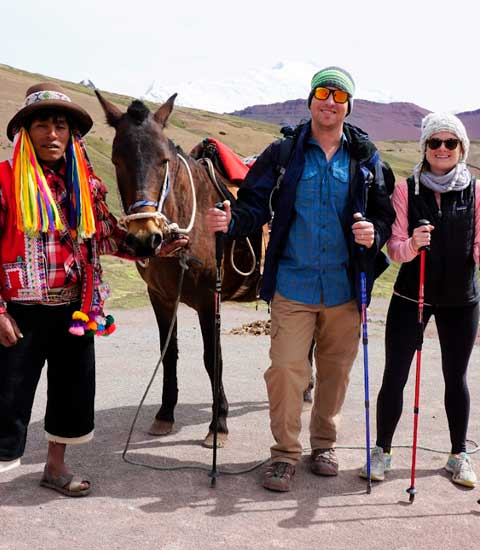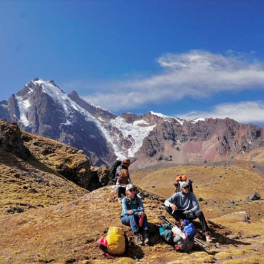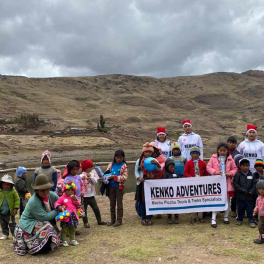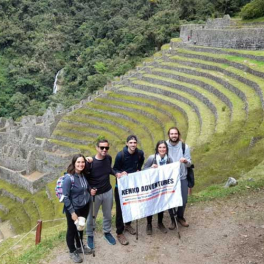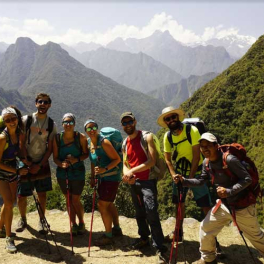We present our real culture life to our clients, hiring people from villages and communities of our region.
Trekking in Peru: What Is It and Why Do I Love It So Much?
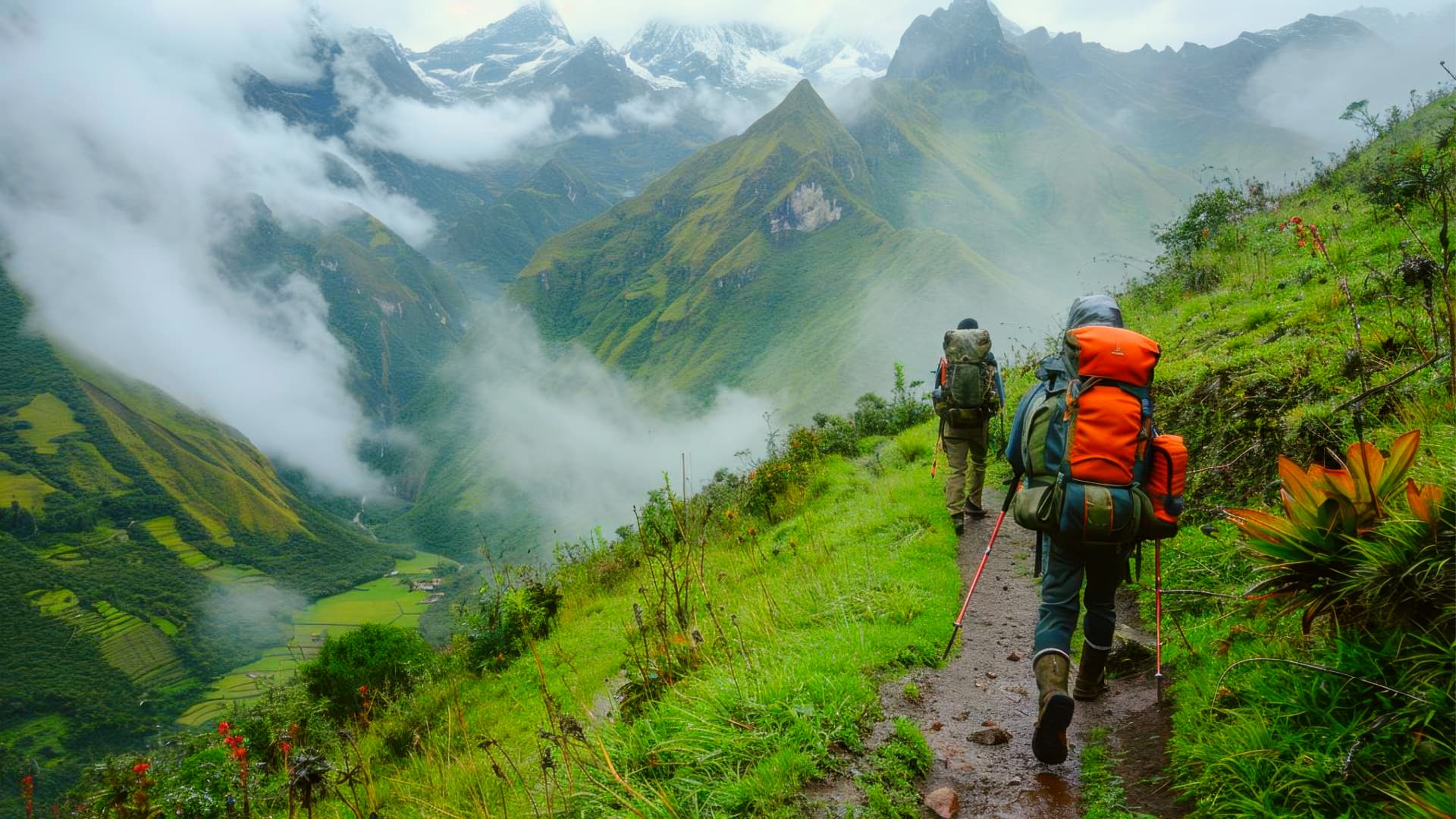
Every time I think about trekking in Peru, I feel that spark of excitement: walking ancient trails, breathing the pure Andean air, and discovering breathtaking landscapes. But what makes this activity so special here? From the legendary Inca Trail to the majestic peaks of the Salkantay Trek, Peru is my personal paradise for adventure tourism. In this article, I’ll tell you what trekking is, how it transforms body and mind, and why Peru’s routes have me so hooked. Join me on this adventure!
Trekking or Hiking? Let Me Explain the Difference
When I planned my first trip to Peru, I wondered: is trekking the same as hiking? If you’ve had that question too, let me clear it up once and for all, because understanding it will help you choose the perfect experience in the Andes.
Key Differences
Hiking is like a day trip I enjoy on well-marked trails with low physical demand. For example, when I visited Rainbow Mountain or strolled through the Sacred Valley, I was back in Cusco by sunset. On the other hand, trekking is an epic adventure: it lasts several days, requires specialized gear, and takes me through remote terrains. My experience on the 4-day Inca Trail or the Salkantay Trek, crossing mountain passes and camping under the stars, was next-level.
If you’re new to this, hiking is a great start. But if, like me, you want to dive into nature and challenge yourself, trekking in Peru will steal your heart.
When to Use Each Term
I say “hiking” when I do short walks, like a one-day tour to Humantay Lagoon. But when I talk about multi-day expeditions, like trekking in Peru on the Inca Trail or Lares Trek, where I met Quechua communities and slept in the mountains, I use “trekking.” Knowing this helped me plan my trips based on my time and energy. Have you figured out which one you prefer?
How Trekking Changed My Body and Mind
I won’t lie: trekking is demanding, but every step is worth it. Every route I’ve taken in Peru has strengthened me physically and given me a peace I can’t find in the city. Here’s how.
My Heart Beats Stronger
Walking steep trails, like those on the Salkantay Trek, gets my heart pumping hard. In trekking in Peru, I’m often above 4,000 meters, which has improved my endurance and lung capacity. I’ve read that activities like this lower the risk of heart problems, and I believe it: after a trek, I feel more alive than ever. Plus, burning calories while admiring glaciers and lagoons is a double win.
Nature Is My Therapy
There’s nothing like disconnecting from daily noise and hearing the wind in the Andes. When I walk the Inca Trail or rest by a river on the Lares Trek, stress melts away. Seeing condors soaring above me or watching the sunrise at Machu Picchu recharges my soul. Studies say being in nature reduces anxiety, and I can vouch for that: in Peru, the mountains don’t just surround me, they embrace me. Have you ever felt something like that?
Why Peru Is My Favorite Trekking Destination
Peru isn’t just a place on the map; it’s an experience that has left its mark on me. Its world-famous trekking routes combine adventure, history, and culture in a unique way. Let me tell you why trekking in Peru has me so hooked.
Routes That Left Me Speechless
The Inca Trail is my absolute favorite. This 43-kilometer trail to Machu Picchu is like traveling back in time: I pass Inca ruins, cloud forests, and the challenging Warmiwañusca Pass at 4,215 meters. Every day brings surprises, from the Llactapata citadel to the first glimpse of Machu Picchu at sunrise. But I also fell in love with the Salkantay Trek, with its 74 kilometers under the Salkantay snow-capped peak and turquoise lagoons that seem otherworldly.
If you’re looking for something more cultural, the Lares Trek takes you to remote valleys where you meet Andean communities. And if you want something short but stunning, Rainbow Mountain is a colorful spectacle. All these routes, just a step away from Cusco, make Peru the epicenter of my adventures.
Landscapes and Cultures That Inspire Me
Trekking in Peru isn’t just about walking; it’s about living Andean culture. On the Lares Trek, I shared coca tea with Quechua weavers who taught me their ancient traditions. On the Inca Trail, every stone on the path reminded me of the Incas’ greatness. And don’t get me started on the landscapes: from Salkantay’s snowy peaks to the lush valleys of the Sacred Valley and the vibrant rainbows of Vinicunca.
Tasting dishes like pachamanca, cooked underground, or hearing stories of the Andean worldview while I walk makes me feel part of something bigger. In Peru, every trek is a life lesson.
How I Prepare for Trekking in Peru
If you’re ready to try trekking in Peru, here are my tips to make the most of it. With a bit of preparation, you’ll be set to conquer the Andes like I do.
- I acclimate to the altitude: Cusco is at 3,400 meters, and some routes go above 4,000. I always spend 2-3 days in the city first, drinking coca tea and staying hydrated to avoid altitude sickness.
- I train beforehand: I walk long distances with a backpack or climb stairs to strengthen my legs. If you don’t have mountains nearby, any local trail works for practice.
- I pack the essentials: I wear layered clothing because Andean weather is unpredictable, trekking boots with good grip, a sleeping bag for cold nights, and sunscreen for high altitudes. A trekking pole saves my knees on descents.
- I choose the best season: I prefer the dry season (May to September) for clear skies. If I’m aiming for the Inca Trail, I book 6 months in advance, as permits sell out fast.
- I trust local guides: A guide who speaks Quechua and knows the culture makes all the difference. They help me find the best photo spots, share local stories, and ensure my safety.
Now that you know why trekking in Peru excites me so much, are you ready to take the first step? The Andes are waiting to share their secrets with you. See you on the trail!
